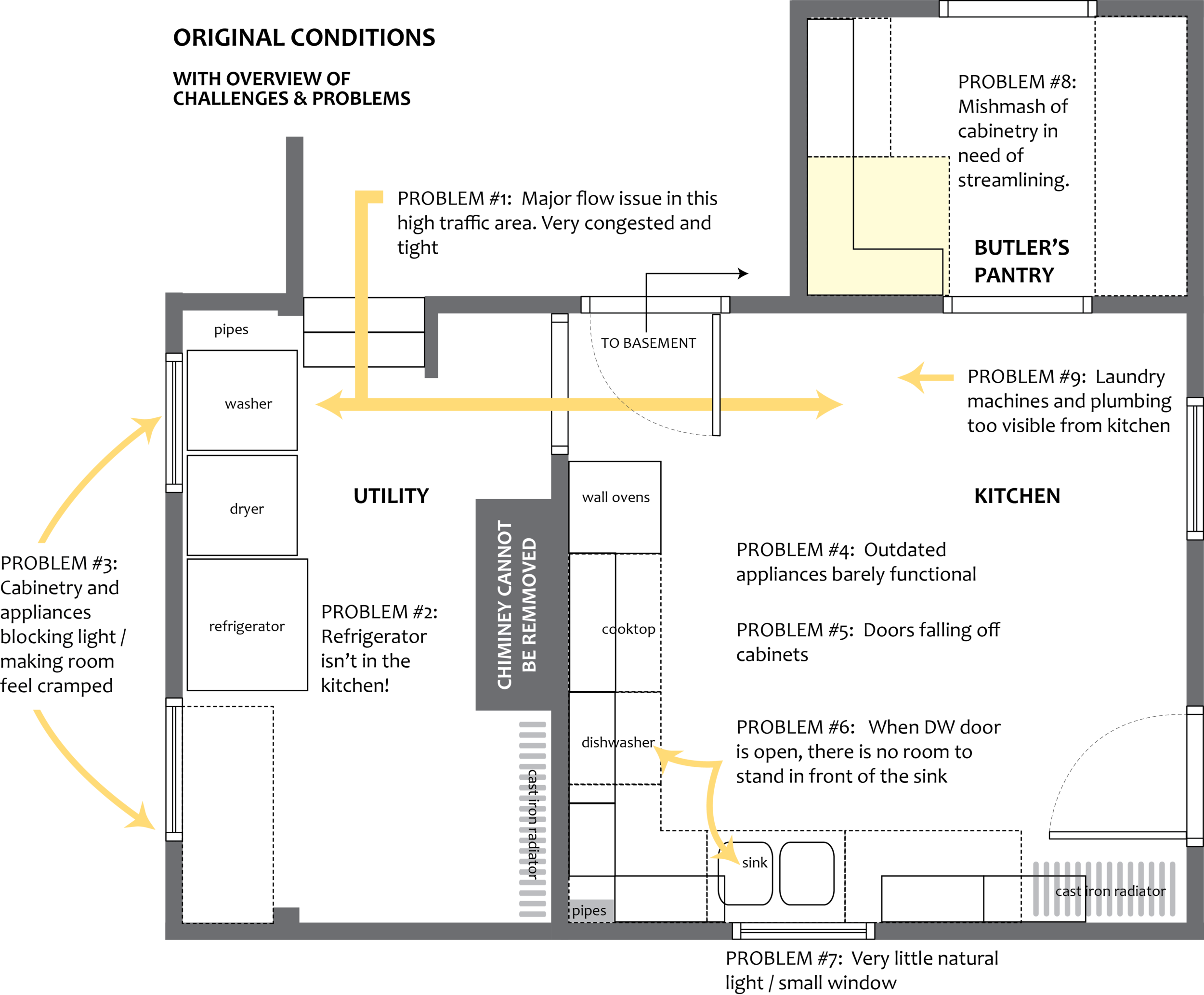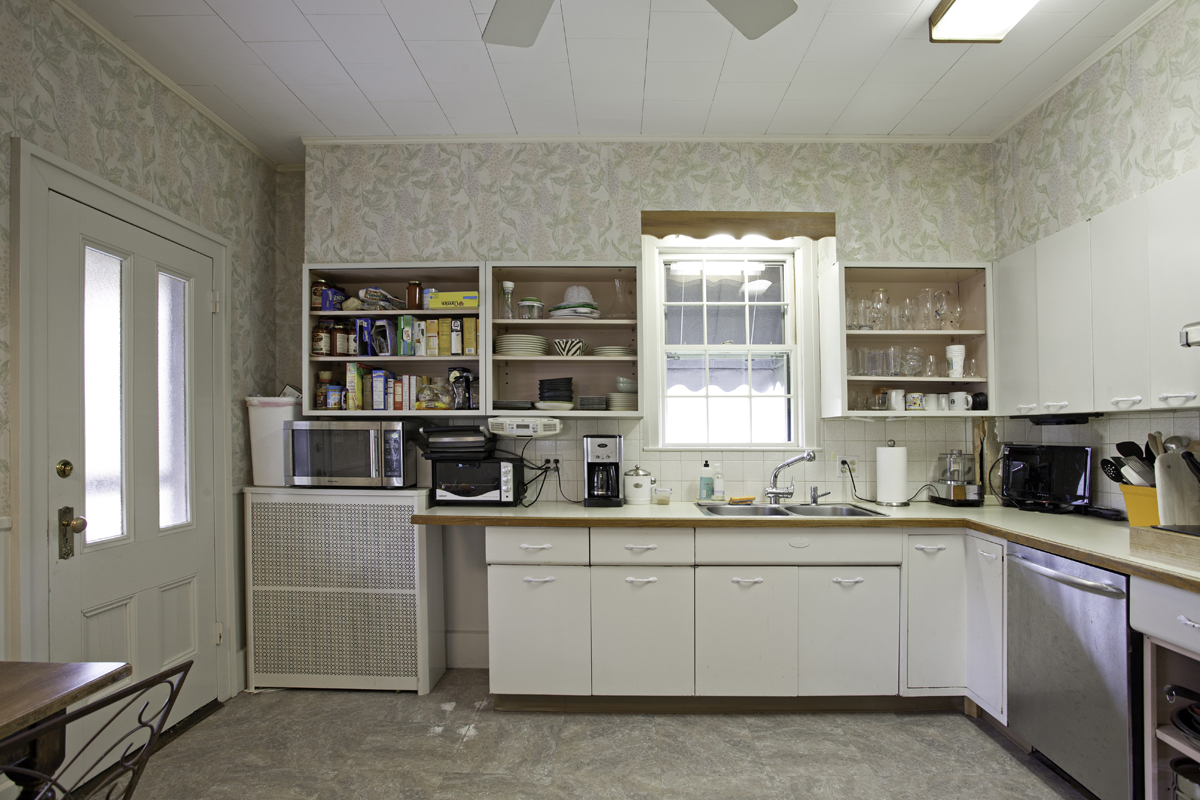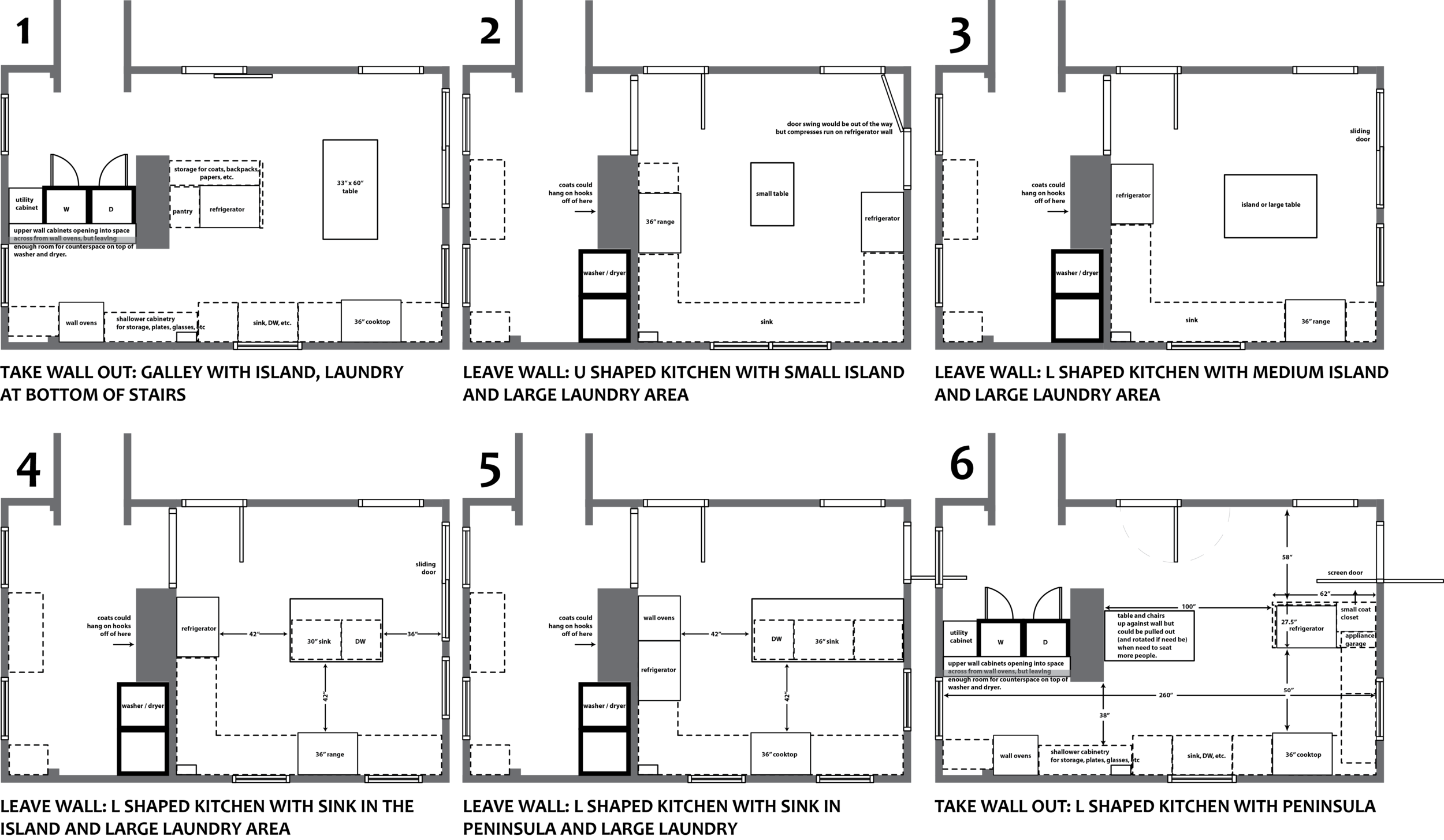Designer elevates design in demanding marketplace
In an industry where it’s easy to become a commodity, Karen Swanson, owner/designer of New England Design Works in Manchester-by-the-Sea, MA, constantly strives to be exactly the opposite, taking her work as far from a commodity offering as possible. On behalf of her clients, she works tirelessly to elevate design beyond the commonplace.
Swanson stays in touch with the marketplace, bringing innovative solutions to solve design challenges. She’s sensitive to adapting her approach to best serve the architecture of the dwellings she works on as well as the unique needs of her clientele.
A graduate of the National Kitchen & Bath Association accredited kitchen and bath design program at Boston Architectural College, Swanson formed New England Design Works in 2011. She works on projects in the greater Boston area, one of the most affluent and design-focused markets in the country. She was chosen as Best Kitchen Designer of 2020 as part of the highly coveted Best of Boston feature by Boston Magazine.
Her work has been featured in and on the cover of numerous magazines, and she is the recipient of myriad of kitchen design awards. Most recently, in 2020, she received first and third place in the categories she competed in for the NKBA Kitchen & Bath Design Competition, and she was a regional winner of the Sub-Zero/Wolf Kitchen Design Contest.




















